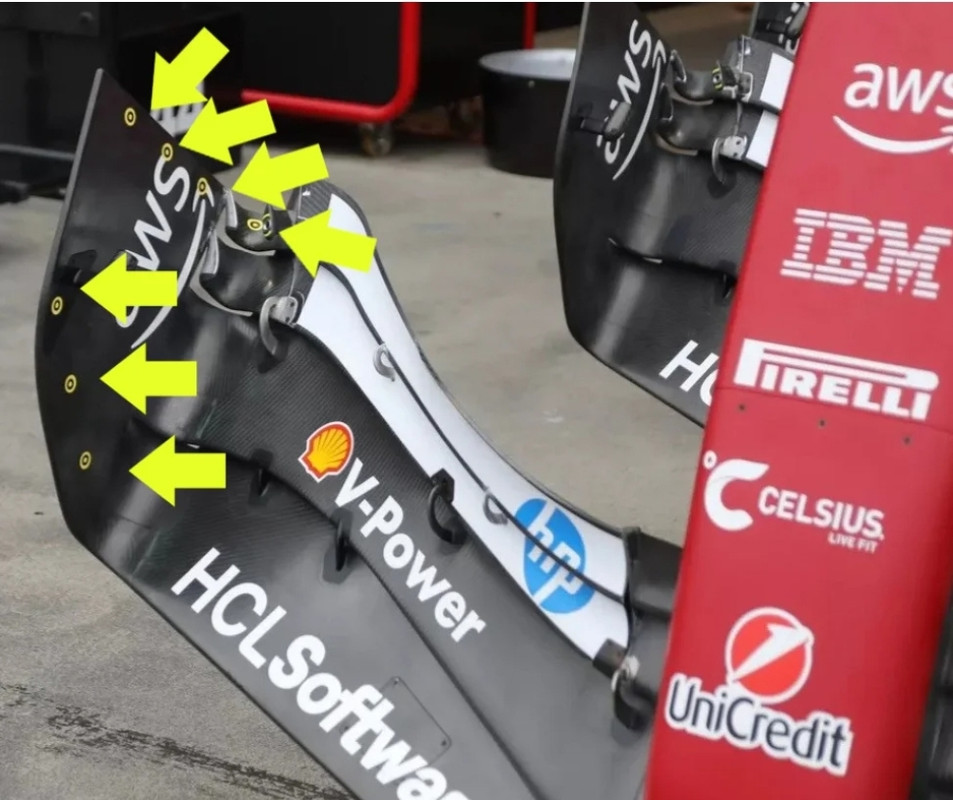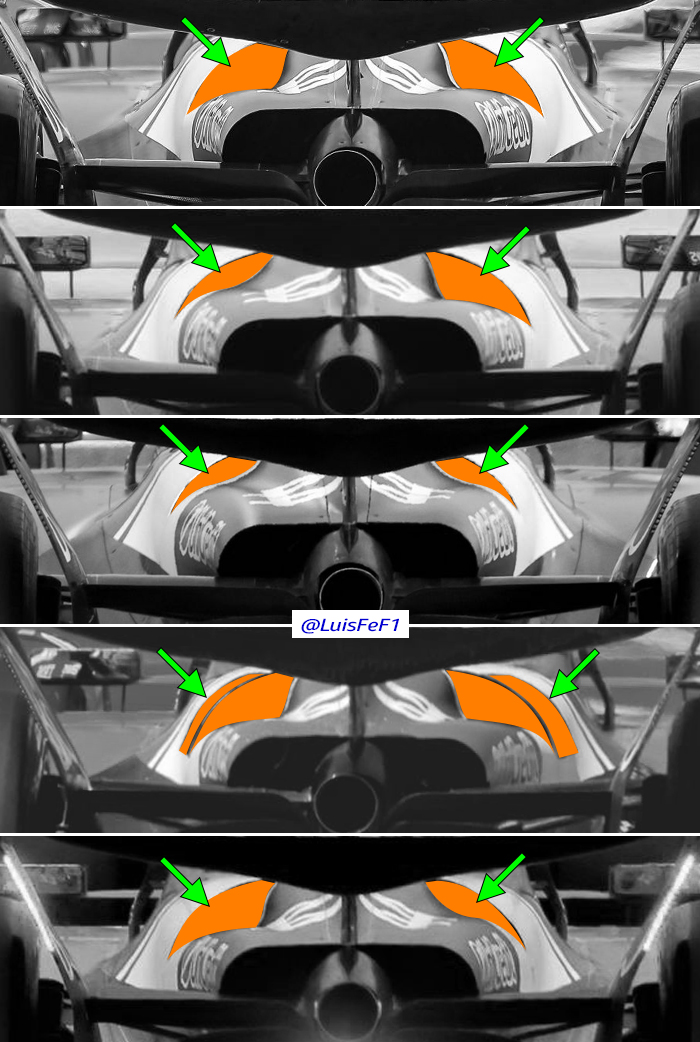Ferrari goes extreme with Australian GP experiment ahead of FIA clampdown
Technical analyst Paolo Filisetti takes a look at a Ferrari experiment being used at the Australian GP ahead of the FIA's flexi-wing clampdown.
An interesting development from the leading F1 teams has been the countermeasures deployed in response to the FIA's clampdown on flexi-wings.
The pressing issue concerns the front wings, with the rear ones subject to tightened rules from the Melbourne season-opener, with teams having until June's Spanish GP to adapt their front-wing designs to meet the stricter tests from the FIA.
The reasoning behind such a gradual introduction of the firmer rules was to allow teams time to adjust as opposed to a sudden introduction, which was feared could create unnecessary critical problems, given the intrinsic importance of the front-wing.
Observing the cars in the Albert Park pit-lane, RacingNews365 noted that teams had arrived with front-wings that are able to pass the technical checks set for introduction for June, but which function in the same manner as the current flexi-designs, with a particular focus being placed on the end-plates.
It was Ferrari who pushed this to the extreme with its experiments on flexibility, but those which allow the SF-25 to remain within the rules set for introduction in Barcelona.
To achieve this, the Maranello engineers have equipped the inner end plates with visual target stickers to monitor the flexing of individual elements with respect to the end-plate itself and its lateral flexing.
In total, nine visual targets were placed on the end-plate, indicating the precise analysis Ferrari is trying to do, with end-plate flexibility a useful trick to increase out-wash from the front-wing around the tyres and away from the critical floor and diffuser areas.

You never know if what Filisetti says is true (or correct

